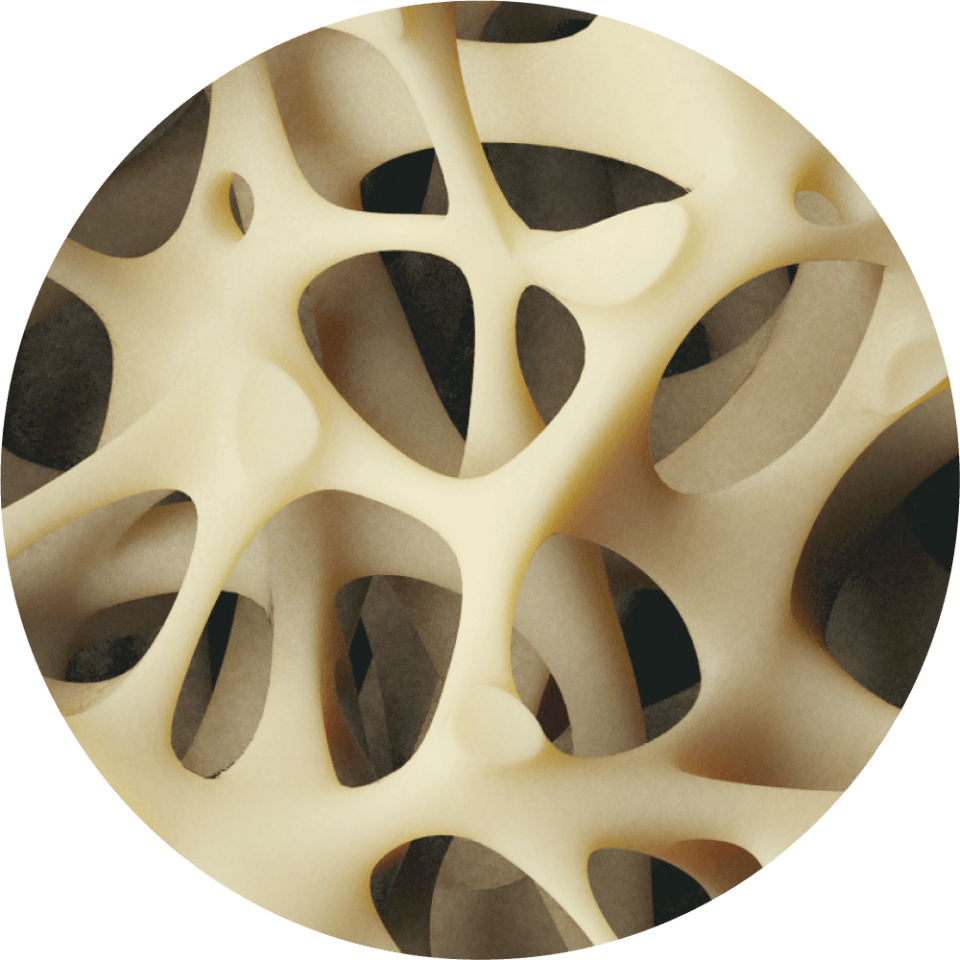
How LIPUS Works
How Does LIPUS Affect Fracture Healing?
The fracture repair process is divided into four stages: inflammation, soft callus formation, hard callus formation, and remodeling.22 Low-intensity pulsed ultrasound treatment (LIPUS) has been shown to accelerate fracture healing at every stage, with maximum benefit achieved when applied throughout the entire healing process.22
AccelStim™ uses a low-intensity pulsed ultrasound mechanical pressure wave composed of 1000 pulses per second to stimulate a response at the cellular level.23,24
LIPUS Stimulates Bone Cells to Proliferate, Differentiate, and Mineralize
- LIPUS stimulates undifferentiated mesenchymal stem cells to differentiate into osteoblasts.28
- In response to LIPUS, periosteal tissue increases expression of osteocalcin, alkaline phosphatase, and Vascular Endothelial Growth Factor. These resulted in an increase in mineralization and enhanced angiogenesis.29
- Enhanced stimulation of osteogenic cells by LIPUS drive endochondral ossification.30,31


LIPUS Increases New Bone Formation
- LIPUS increases mineralization and calcium deposition.32,33
- LIPUS enhances bone formation.34
- LIPUS improves osteogenic differentiation, mineralization, volume of newly formed bone, and osseointegration.35
- LIPUS accelerates all stages of the fracture repair process (inflammation, bone formation, and bone remodeling) by increasing mineralization and reducing the inflammatory response.22,36,37